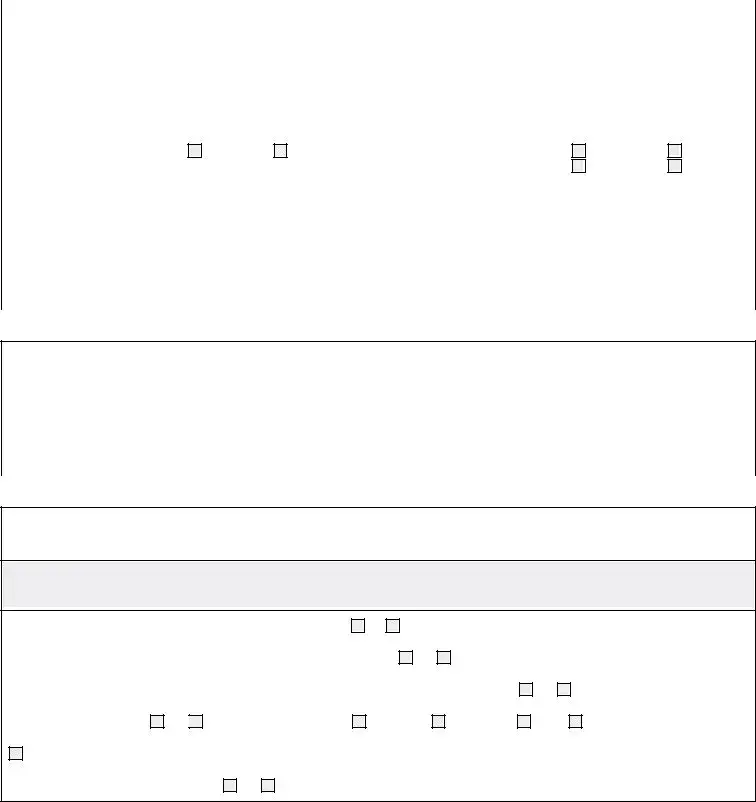The Roof Inspection Form requires various pieces of information to ensure a comprehensive evaluation. Key details include the inspection date, inspector's name, structure information such as ID, type, and address, as well as contact information for the roofing company and the property owner or manager. Additionally, it asks for previous maintenance and repair work, the date of the last inspection, and whether the roof is guaranteed. Any changes to the building’s occupancy or roof conditions since the last inspection must also be documented.
The form uses a simple coding system to describe the roof's condition. You will categorize each area as Good (G), Fair (F), or Poor (P). Each section of the roof, including the interior, exterior walls, drains, and penetrations, will have specific items to assess. Mark the appropriate code next to each item based on your observations. This helps prioritize actions that may be needed.
What should I do if I find a problem during the inspection?
If you identify any issues during the inspection, it is crucial to document them clearly on the form. Use the designated sections to describe the problem and indicate the condition code. For example, if you find leaks or corrosion, note the specific location and any emergency repairs performed. This information will help in planning necessary repairs and maintaining a record of the roof's condition over time.
Yes, if the roof is guaranteed, you must attach a copy of the guarantee to the form. Additionally, if there have been significant changes in occupancy or roof modifications since the last inspection, you should provide a description of those changes. Any previous maintenance records or photographs taken during the inspection can also be helpful for future reference.
How often should a roof inspection be conducted?
Regular inspections are recommended at least once a year, but the frequency may increase based on the roof's age, local weather conditions, and any previous issues. Following severe weather events, an inspection is advisable to assess potential damage. Keeping a consistent inspection schedule helps in identifying problems early and extending the roof's lifespan.
What happens if the inspection reveals a poor condition?
If the inspection reveals a poor condition (marked as P), immediate action is required. This may involve scheduling repairs or maintenance as soon as possible to prevent further damage. The form should clearly outline the issues found, and follow-up actions should be documented to ensure accountability and track progress on repairs.
The responsibility for completing the Roof Inspection Form typically falls on the inspector, who should be knowledgeable about roofing systems. However, the property owner or manager should also be involved in providing relevant information and ensuring that any previous maintenance records are accessible. Collaboration between these parties ensures a thorough and accurate inspection process.


 2002O Residential Roof Inspection Form w Midwest Roofing Contractors Association w
2002O Residential Roof Inspection Form w Midwest Roofing Contractors Association w 

 2002O Residential Roof Inspection Form w Midwest Roofing Contractors Association w
2002O Residential Roof Inspection Form w Midwest Roofing Contractors Association w 

 2002O Residential Roof Inspection Form w Midwest Roofing Contractors Association w
2002O Residential Roof Inspection Form w Midwest Roofing Contractors Association w 

 2002O Residential Roof Inspection Form w Midwest Roofing Contractors Association w
2002O Residential Roof Inspection Form w Midwest Roofing Contractors Association w 

 2002O Residential Roof Inspection Form w Midwest Roofing Contractors Association w
2002O Residential Roof Inspection Form w Midwest Roofing Contractors Association w 